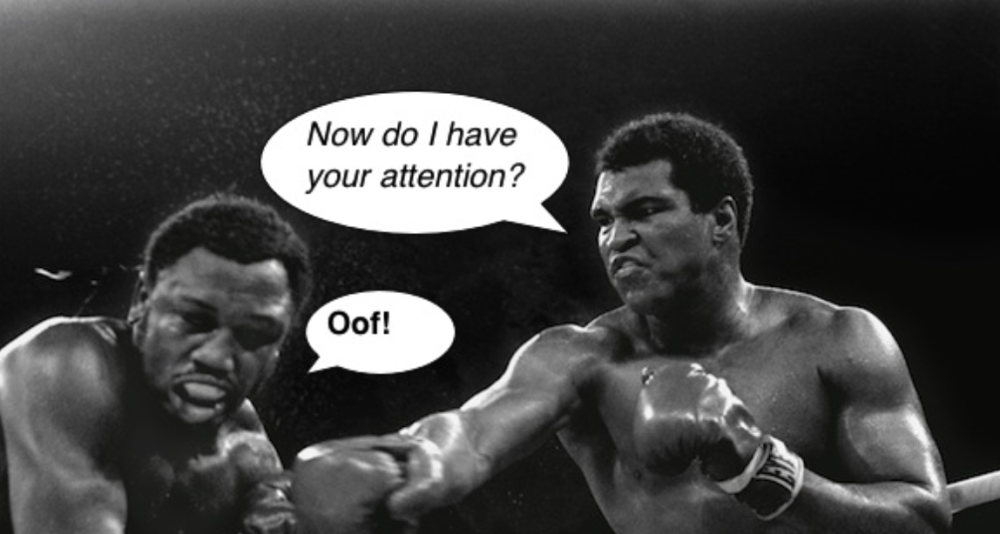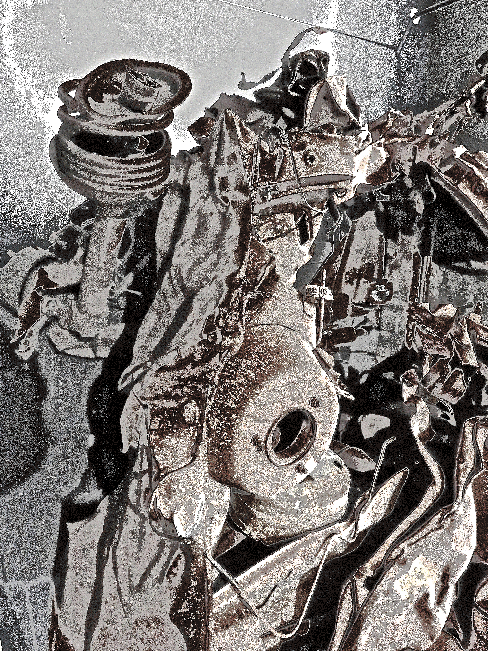Where is illustration?
..
Today I’m going to look into illustration, where it can be found and how it is done. Just a little bit so we can start submerging ourselves into this question and start to gain a better and more complex understanding of what it is to be an illustrator.
Where is illustration is a question that as illustrators we should be pondering in our heads and questioning constantly. We should be trying to discover this in order to understand where we fit as illustrators in our society and within the professional world of illustration. If you don’t know where you are, how do you know where you are going?
A starting point of where we encounter illustration is in our childhood, at a very young age through children’s books. There is the idea that we are born as blank slates (tabula rasa), therefore easily impressionable and we can start to be educated in that way through the help of illustration which reenforces whichever moral or lesson is being portrayed in the book. We begin to understand the world that we live in and that surrounds us, and this can shape and influence our behaviour. Not only that but the countless hours we spent just playing with our imagination, playing fantasy make belief also helps us understand different situations and types of people. This already says a lot about illustration and how much it is accountable for how we interpret things we encounter throughout our life.
Illustration is also a tool through which we experience space, its culture and its people. Many illustrators use illustration as a means of documenting their encounter with a space or location. So how does one think when documenting a place? What do we want to portray through this? What do we chose to show? If it is personal, we can choose to focus on our own sensations, by portraying that particular street/object/person that means so much to us and to what we feel in that particular place. Focusing on those smaller details rather than trying to cram everything that is happening on one page (unless that is what you are trying to convey i.e chaos, movement..) can really help the viewer understand and feel what you have experienced in that place. But if it is not personal but professional, where do we draw the line between ourselves and our work? What I would call your personal illustrator and your professional illustrator. How do you portray a place or location without your own feelings or personal opinions getting in the way?
”When you become an illustrator, you’re an artist, but an artist who has to answer a brief.”
-Laura Carlin, 2013
Laura Carlin explains how to her a good picture ‘…is littered with gaps. The gaps that are in between the words and pictures, it’s these gaps that the active reader has to fill and connect..’ this is ‘…the freedom found in picture books.’ So as an illustrator you should consider the importance of space, the use of gaps as part of your illustration, to give freedom to what is happening on the page and to give the reader freedom to fill the gaps and use their imagination. Because ‘all the pictures in a picture book add up to one picture that isn’t even there’ (Mario Goffstein). In a picture book the process of a narrative becomes one image in our mind, and the cohesion is something we develop and create.
Freedom of space, freedom of thought.
We also find illustration in a completely different form, one that doesn’t use paper or traditional bases as support; tattoos. Tattoos are a form of identity, so this is where we recognise illustration as a form of representation of identity. And to me it is one of the freest form of expression of identity but also freest form of illustration, because it is believing so much and being so confident in your illustration that you would have it engraved 0n your own skin, forever. This brings up an interesting thought of what your choice of support means in terms of what your illustration conveys, how you use that means of support but also how confident you are in your illustration and how bold you want to be. Going back to tattoos, it is the act that is freeing, the gesture, because it is an act of rebellion through how it is done; on skin, with a needle and ink; permanence. It is a statement
Therefore to conclude I think it is really important to consider what your illustration means as a gesture, by really considering each element that constructs your illustration as a whole; the media, the support, the form, etc.. Because it is all one. And the more united these elements are, the stronger your message, the more powerful your gesture.
..



















